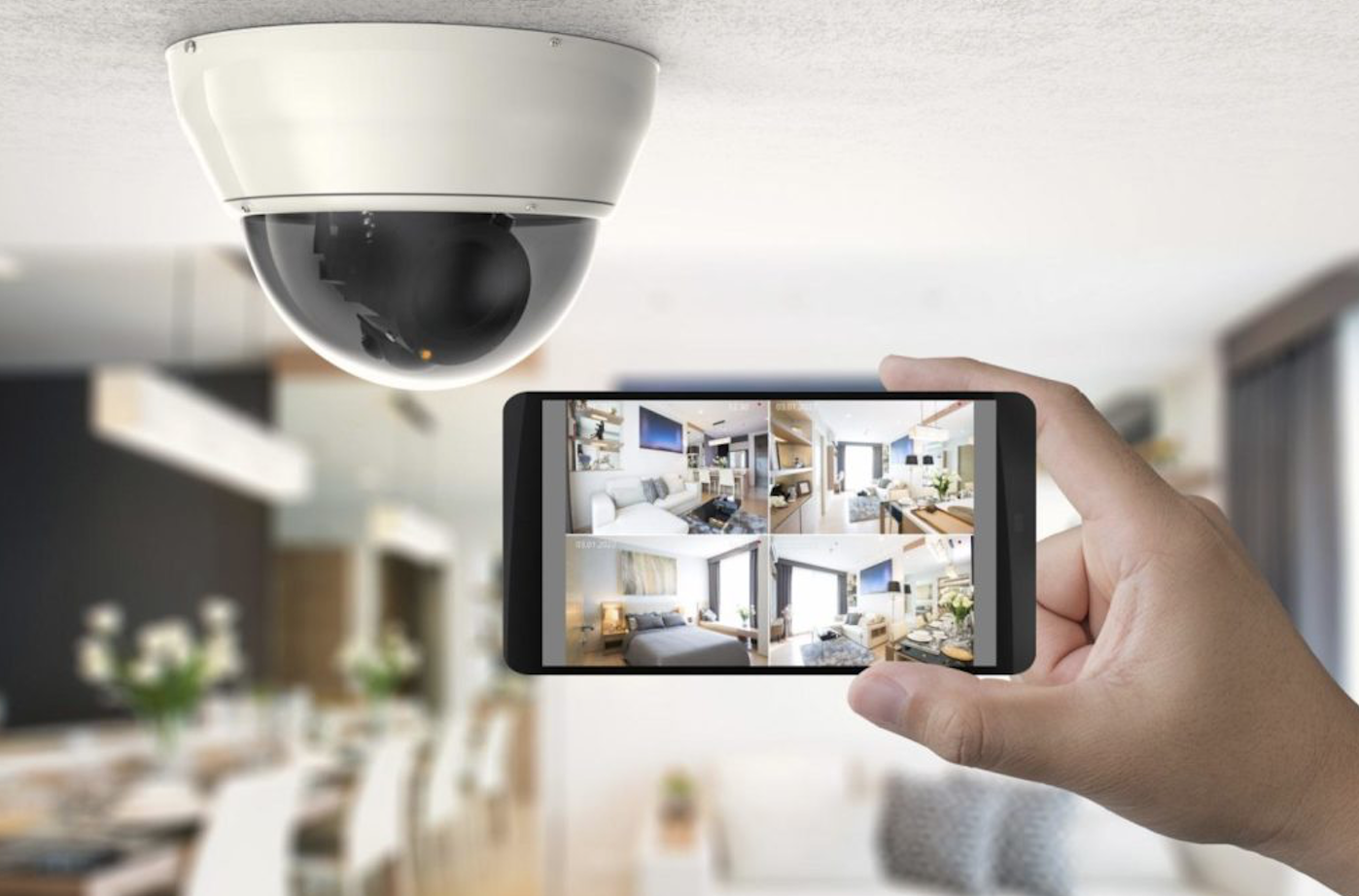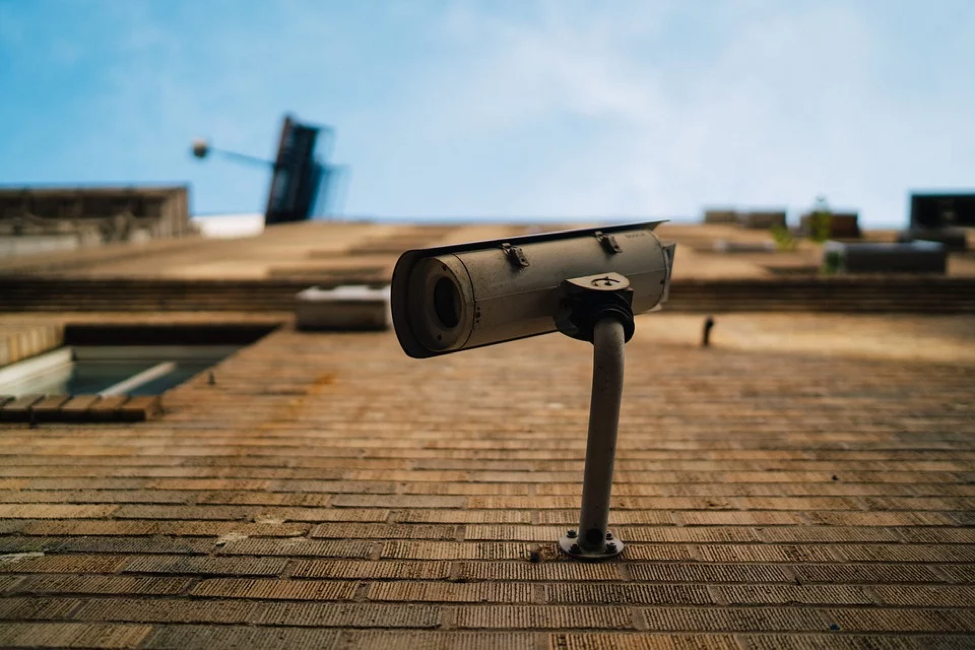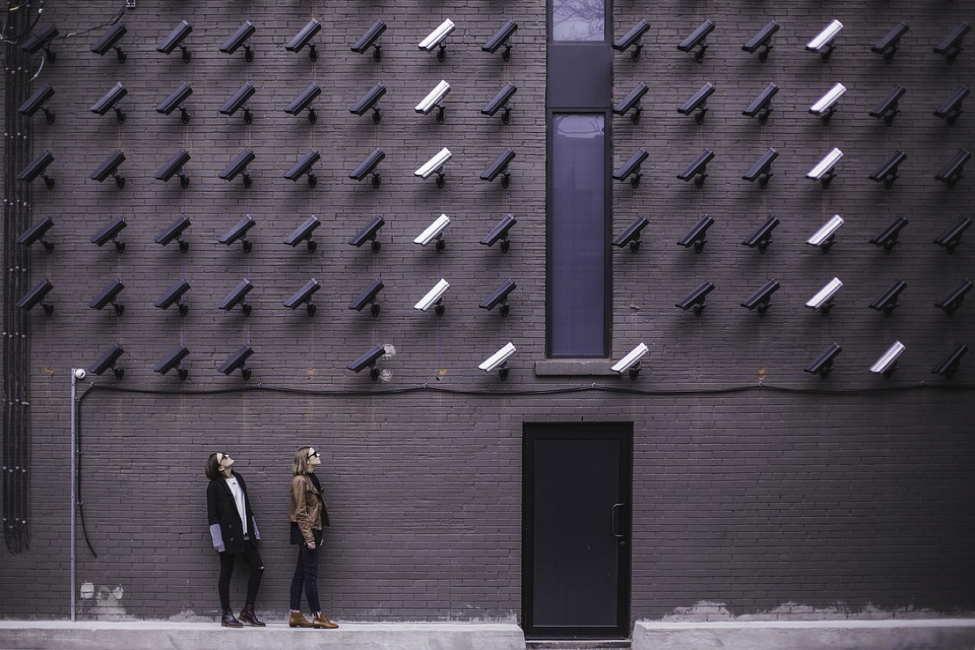
For many users, a home security camera is at the core of any good home security system. Whether you’re looking at a pre-built, monitored system, or one that you would create by yourself, from scratch, you should definitely have a home security camera. Actually, it’s best if you have multiple, but more on that later.
With that in mind, many people who opt to build their own system tend to hit a roadblock. If you were to take a look at the home security cameras that are currently available and for sale, you would find that there are hundreds, if not thousands of different models.
To make things even more difficult, you will find that their prices range from as low as $20 to some high-end models that can easily cost hundreds of dollars. Many consumers aren’t really sure what to buy, and unless you’re well versed in them, below we’ll discuss some things to be considered while buying a security camera.
Now, we won’t get into the hardware specifics too much. Instead, we’ll focus on the thought process and see how to pick the right type of camera.
Table of Contents
Set Your Budget
The first thing you’ll want to do before you even look at your options is to set the maximum amount of money you’d be willing to spend on your home security camera. Note that you should have an overall budget, and a budget per camera, because as we mentioned, having a few is a lot better than a single one.
While we’re discussing the budget, there is one thing to keep in mind. You should know that a higher-priced camera will often mean that you get a lot more from it. Whether it’s built better, or it has more features, or it records higher quality video, you usually get what you pay for.
Assess Your Environment
When looking at cameras, there are two main types, and this has a lot to do with their build quality. Of course, we’re talking about indoors vs outdoors models. Ideally, you’ll want to have both, but you should first and foremost see what you need.
If you’re living in a house, there’s a big chance you have a yard at the front (and sometimes at the back), as well as a driveway (or garage, or both). If you’re going for a secure home, you don’t only want to have the inside of your home secure. You should secure the outside, too, so you’ll also need some outdoor cameras.

The same thing doesn’t apply when you’re living in an apartment. Apartments tend to have common areas right outside the door, and placing your own security cameras in common areas isn’t really smart. There could be an exception if you were to put a camera right outside your front door, but since this will very likely be a place that’s inside the building, you don’t really need an outdoor camera.
If you’re wondering what the difference is between indoors and outdoors camera, the major one is the way they’re built. Outdoors cameras tend to have better build quality, since they should withstand the elements, and they’re usually waterproof, or at least water-resistant. There’s also the fact that they sometimes have better night time recording capabilities, but indoors cameras have caught up to this pretty well so it’s not so much of a differentiating factor anymore.
Consider the Number of Cameras
The last thing you should do before you go out and start shopping is to consider how many cameras you need. There are a couple of places where you should definitely have a camera. One is your front door, for example. Many break-ins happen right through the front door, so keeping it secure is always smart.
If you live in a house, you also want cameras on your back door, too, as well as the driveway and garage. A garage is often a place where you keep a lot of tools that could help a burglar, and it might also have access to the inside of your house.

As far as the inside of your home goes, you should be covered with cameras in your important rooms. The living room, for example, should have one, and you could add them to your kitchen or dining room, too. However, note that bedrooms and bathrooms should be avoided, as they’re rooms where people usually have a reasonable expectation of privacy.
Last but not least, there is one thing we must mention here. If your budget forces you to choose between getting fewer, higher quality cameras, and multiple lower quality ones, go for the first choice. You won’t get a lot of use from a camera that won’t capture what happened clearly, will you?